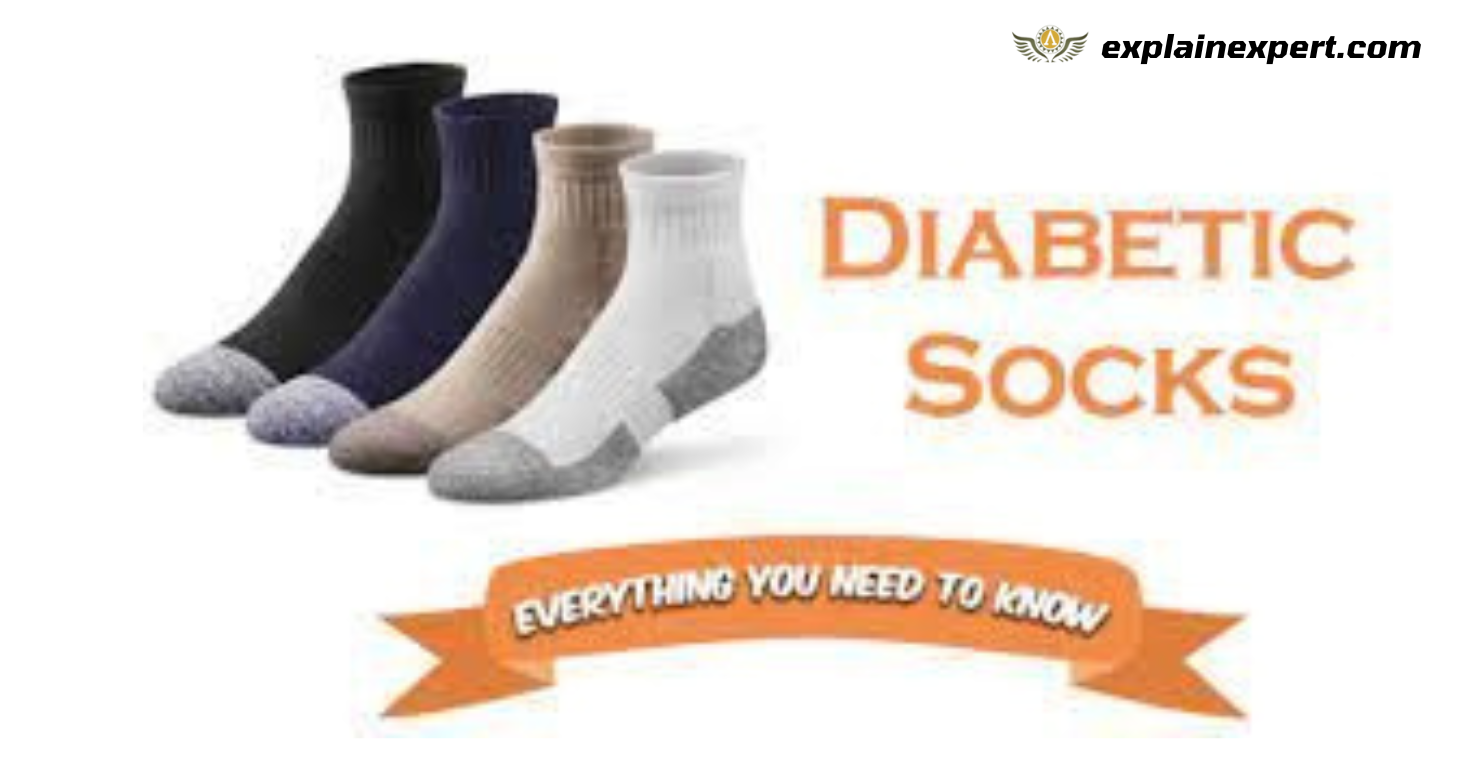About Diabetic Socks
Diabetic socks are constructed uniquely to improve blood circulation, prevent foot injuries, and keep feet dry. Due to the possible harm to the neurological and circulatory systems caused by high blood sugar levels, they are an integral element of foot care, which is an essential feature of diabetes control. Damage to the nerves (diabetic neuropathy) causes a loss of feeling in the feet, especially the soles, and subsequently raises the probability of harm. Colorful diabetic socks can also prevent a person with diabetes from recognizing the symptoms of an accident, delaying medical attention.
Wounds can’t heal without a steady blood supply, and poor circulation makes it impossible. When left untreated, these conditions can precipitate a life-threatening crisis that may require amputation or even fatality.
Material That Retains Less Moisture:
Wicking socks draw moisture away from the foot to allow perspiration to evaporate, minimizing the risk of fungal infections and preventing odor. The moisture-wicking properties of acrylic fibers surpass those of cotton.
Woven Fabrics:
Fine-textured materials like bamboo and wool make some diabetic socks because of their inherent antibacterial characteristics and because they are less likely to be abrasive to the skin.
A Bound That Doesn’t Give:
Colorful diabetic socks are made to prevent slipping without constricting blood flow to the calves.
Soft-Insulated Soles:
Extra thick fabric, gel, or silicone cushions put in can assist in avoiding foot injuries. If you stand for extended periods, for example, you may want diabetes socks with extra padding in the heel; if you run or exercise frequently, you may want diabetic socks with more padding beneath the ball of the foot. People who play sports like tennis and soccer may benefit from wearing toe cushioning.
Innovative Technology:
Some diabetic socks are equipped with sensors to monitor foot temperature and send notifications to a user’s smartphone if certain conditions are met, such as the development of an ulcer. The battery, about the size of a quarter, is visible outside the sock, close to the foot. These socks have an average lifespan of about six months. If you want to learn more, Siren is the place to go.
Lengths:
There is a wide variety of sock lengths available for people with diabetes, from over-the-knee and calf-high to anklets and no-shows. The latter option can be preferable for those with circulation problems.
Taking Good Care of Things:
Most persons with diabetes should wear their unique socks constantly, which may be laundered often.
The average lifespan is around six months with regular use and appropriate maintenance. Socks can last longer if you wash them in a mesh undergarment bag and tumble dry them on low.



